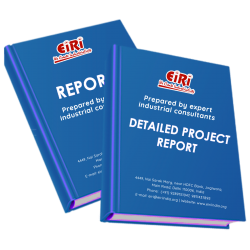How To Start Products from Waste Based Industry
Waste management is the comprehensive process of collecting, carrying, processing and then recycling or disposing of material that has been deemed as waste or of no further use. As the population increased, so did the consumption and along with it, wastes increased as well. Be it industries or usual household chores, waste started to be set aside in tones. This gave way to the need for managing this waste in a way that it doesn’t corrupt our environment any more than it already has. As people across the globe have grown more and more concerned about the environment and its degradation, the global initiatives for recycling have gone into overdrive. Recycling has now become an integral part in the modern lifestyle.
Waste management has a lot of stages. It starts with collecting the stuff that has been discarded as unusable. The aim here is to recycle these goods and decrease whatever harmful impact they could potentially have on our lives and the environment, in return intending to improve the overall quality of lives. Based on whether a nation is developed or developing, the waste management tools and techniques are also different. Also, depending upon the urban and rural status of a region, the recycling practices are all-together different. You monitor specific spots and enterprises for waste thrown away and then you collect it. Next you transport it to a proper facility where it is processed in order to determine whether it can be turned into something useful or not. From here, it is either a fodder for something new and usable, or is turned to trash in the most eco-friendly manner possible. This cycle goes on and makes sure our lives are free from the mounting piles of waste and the bad influence it could have on our health and mother earth.

